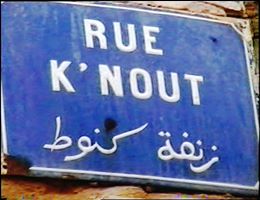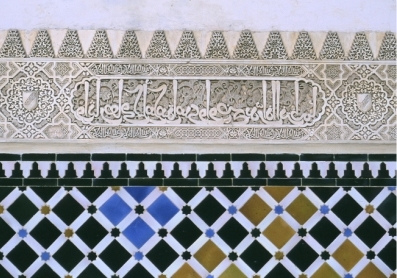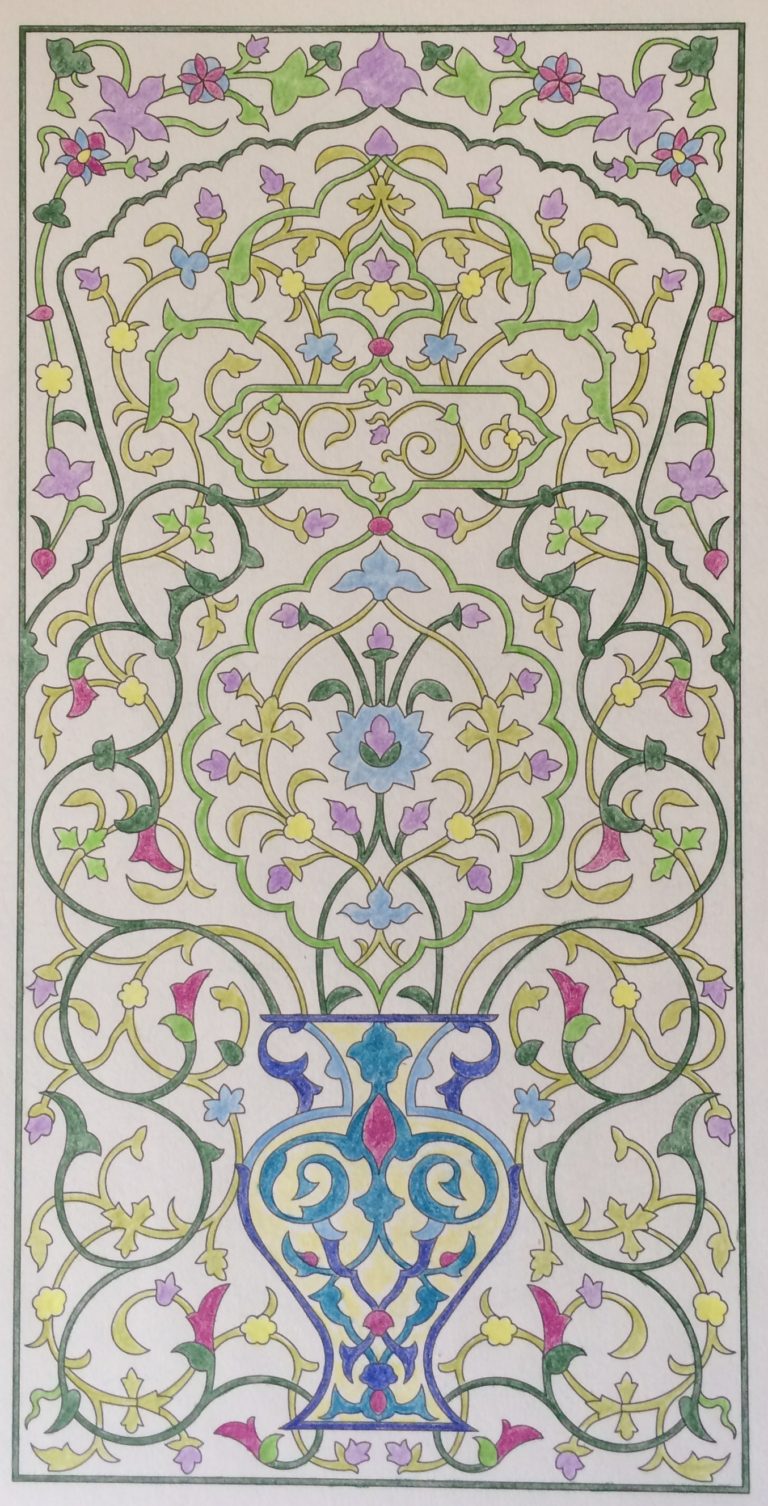Arabization in Morocco (2 of 3)
This series seeks to map shifting levels of language dominance in Moroccan history in order to investigate contemporary developments in government policy. The previous post presents a Brief Linguistic History of Morocco.
Colonial Language Policy
French Morocco’s first resident-general, Hubert Lyautey, relied on ethnological research to guide Protectorate policy. Georges Hardy, head of the educational service from 1920 to 1926, supervised the research. He sought to adapt Protectorate schools “to the specific characteristics of Morocco’s Muslim population,” based upon a psychological approach (Segalla 172). With the establishment of the Bureau of Muslim Education in 1920, Louis Brunot became the first inspector of Muslim education (inspecteur de l’enseignement des Musulmans). Hardy and Brunot based their pedagogical decisions on an ethnocentric philosophy, as exemplified in their statement regarding the so-called excess of the Moroccan psyche: “[F]or us, instincts, the same instincts as the Moroccan’s, act simultaneously and tend towards a harmony guided by reason; instincts, for the indigene, seize in turn the entire consciousness and execute in alteration a brilliant and rapid solo…in sum, what mostly differentiates this mentality from our own is above all a question of equilibrium and regularity” (Brunot, quoted in Hardy 21). Such ruminations on supposed differences of mentality accompanied decisions regarding educational policy.
The 1920 curriculum designed by Hardy included Arabic to a minimal and marginal degree, and exclusively in urban schools. While rural children studied French (regardless of whether or not they spoke Arabic at home), urban curriculums consisted of rudimentary French and just enough Arabic to enable letter-reading literacy. Elite schools offered more advanced French classes as an economical tool. Limited to technical terminology, classes did not encourage cultural interaction or critical thinking. Thus stunting the potential of Moroccan students, it is little wonder that Hardy found the students unimaginative and considered their work poor performance. French Protectorate schools did not include religious education. Students were to rely on traditional teachers (fqih) outside of regular school hours. Arabic was relegated to mosques, Quranic schools (msid), and homes.
The Nation-State, a model invented in Europe, then exported around the world, has contributed to the marginalization and even the exclusion of the languages and the cultures that could not acquire an official or national status among States. Linguistic and cultural discrimination is at the heart of the modern state system
Resolution adopted by the International Federation of Human Rights. Quoted in Susan Slyomovics, “Self-Determination as Self-Definition: The Case of Morocco,” Negotiating Self-Determination (Lanham, MD: Lexington Books, 2006): 151.
As for the Imazighen, the French sought to use the strategy of “divide and conquer” by recognizing Berber traditions in order to eliminate Arab and Islamic traditions. Lyautey’s famous Dahir (decree), formalized May 16, 1930, disassociated Berbers from Shari‘a and Islamic courts by providing for communal Berber courts. The distinction between Arabs and Berbers, and unequal treatment on such grounds, intensified differences between urban/rural and Amazigh/Arab, if not creating wholly new dichotomies. France’s separation policy extended into all legal, military, and administrative bureaus. Hardy wrote of the necessity for separate Berber schools: “[W]e must treat them separately and maintain the divide that separates them from the city dwellers, in order to allow us, when the opportunity arises, to find, here or there, the counterweight necessary to maintain order and authority” (Hardy 277-78). The goal, as described by Dale Eickelman, was an “attempt to create a Berber ethnographic reserve,” preserving customs throughout Morocco as non-Arab, non-Muslim curiosities (256). Fatima Sadiqi points to 1930 as the moment in Morocco’s history that decided the status of Imazighen in the new nation. She identifies this as the year officially recognized as the beginning of the nationalist movement, and concludes: “It is at this period that the ‘Arab’ character of Morocco was officially established for the first time in Moroccan history and it is at this period that the Moroccan nationalist movement officially adopted the Arabic language and the ‘umma’ (Arab nation) as sole references for the country’s identity” (Sadiqi 35). Indeed, nationalists designed the new nation in consonance with Arab rhetoric of their time, and the consequences are long-lasting.
By the 1950s the nationalist movement had grown strong, and France was losing control of its colonies. In 1953, the French moved a Berber army to Rabat, encircling the palace to intimidate the sultan. When the sultan refused to disown the nationalists, the French immediately exiled him to Corsica briefly, and then to Madagascar. Thus the monarch became a nationalist symbol. Despite French convictions that Berbers constituted a population distinct from the Arabs who were loyal to the sultan, in fact nearly all Moroccans came to support the nationalist movement for independence. Peyron describes how to Imazighen, “the sultan was amir al-muminin, and, as such, of great symbolic importance. That he had been sent into exile was difficult for them to stomach” (108). The resistance movement incorporated Moroccans regardless of social distinctions such as mother language, gender, or place of origin, and it achieved independence in 1956.
Sources in Order of Mention
Spencer D. Segalla, “Georges Hardy and Educational Ethnology in French Morocco, 1920-26,” French Colonial History 4 (2003)
Louis Brunot, “Les Caractères essentiels de la mentalité marocaine,” Bulletin de l’Enseignement 53 (1923): 47. Quoted in Georges Hardy, l’Ame Marocaine d’après la Littérature Française, Editions du Bulletin de l’Enseignement Public du Maroc no. 73 (Paris: Emile Larose, 1926): 21. Translation by Spencer Segalla
Georges Hardy, “Note de principe,” 30 April 1921, quoted in Daniel Rivet, Lyautey et l’Institution du Protectorat Français au Maroc, 1912-1925, vol. 2, Histoire et perspectives méditerranéennes (Paris: L’Harmattan, 1988), 277-78. Translation by Spencer Segalla.
Dale Eickelman, Moroccan Islam (Texas: U of Texas Press, 1981): 256.
Fatima Sadiqi, “Language and Gender: The Berber Case,” Amazigh Days at Al Akhawayn University: Paving the Way for Tifinagh, Proc. of the Conference jointly organized with the Institut Royal de la Culture Amazighe Mar. 2003 (Ifrane: Al-Akhawayn, 2004).
Michael Peyron, “From Tazigzaout Battle to Green March (1932-1975) zzi tin dzizawt ar tawada tazizawt,” Amazigh Days at Al Akhawayn University: Paving the Way for Tifinagh, Proc. of the Conference jointly organized with the Institut Royal de la Culture Amazighe Mar. 2003 (Ifrane: Al-Akhawayn, 2004).




